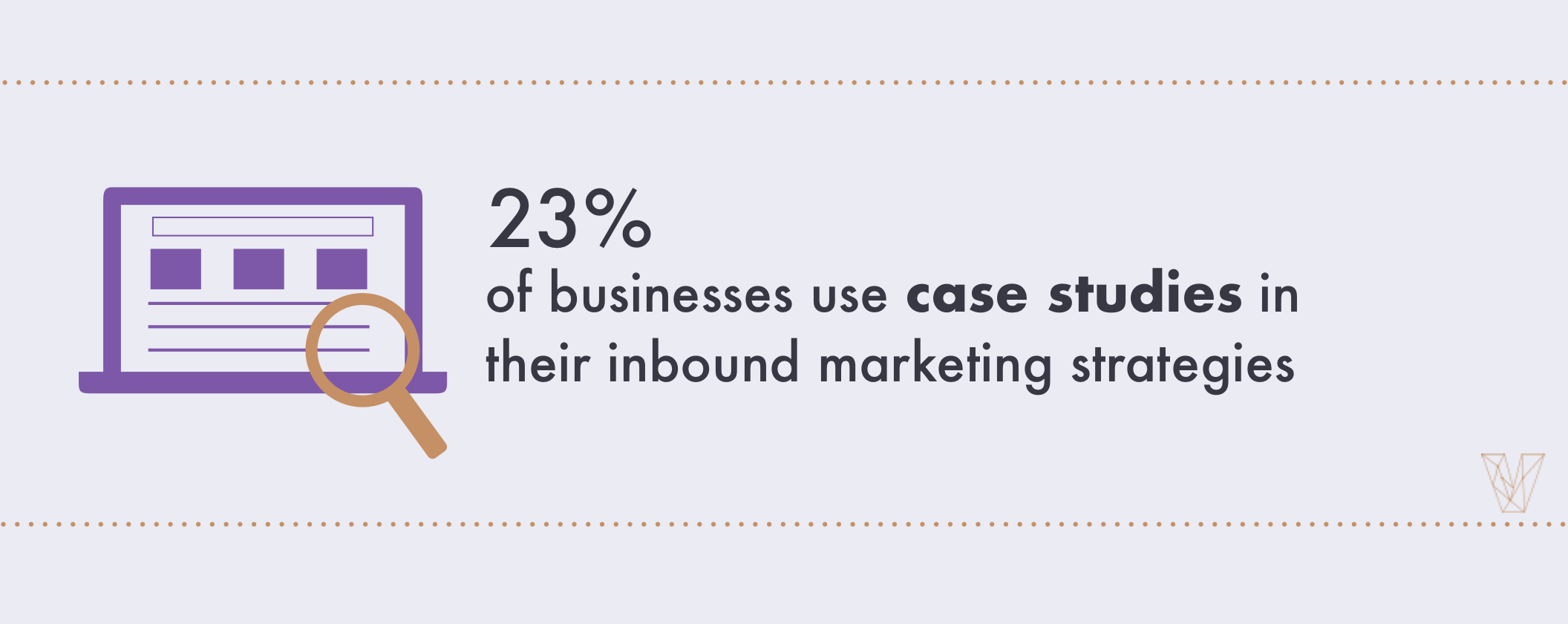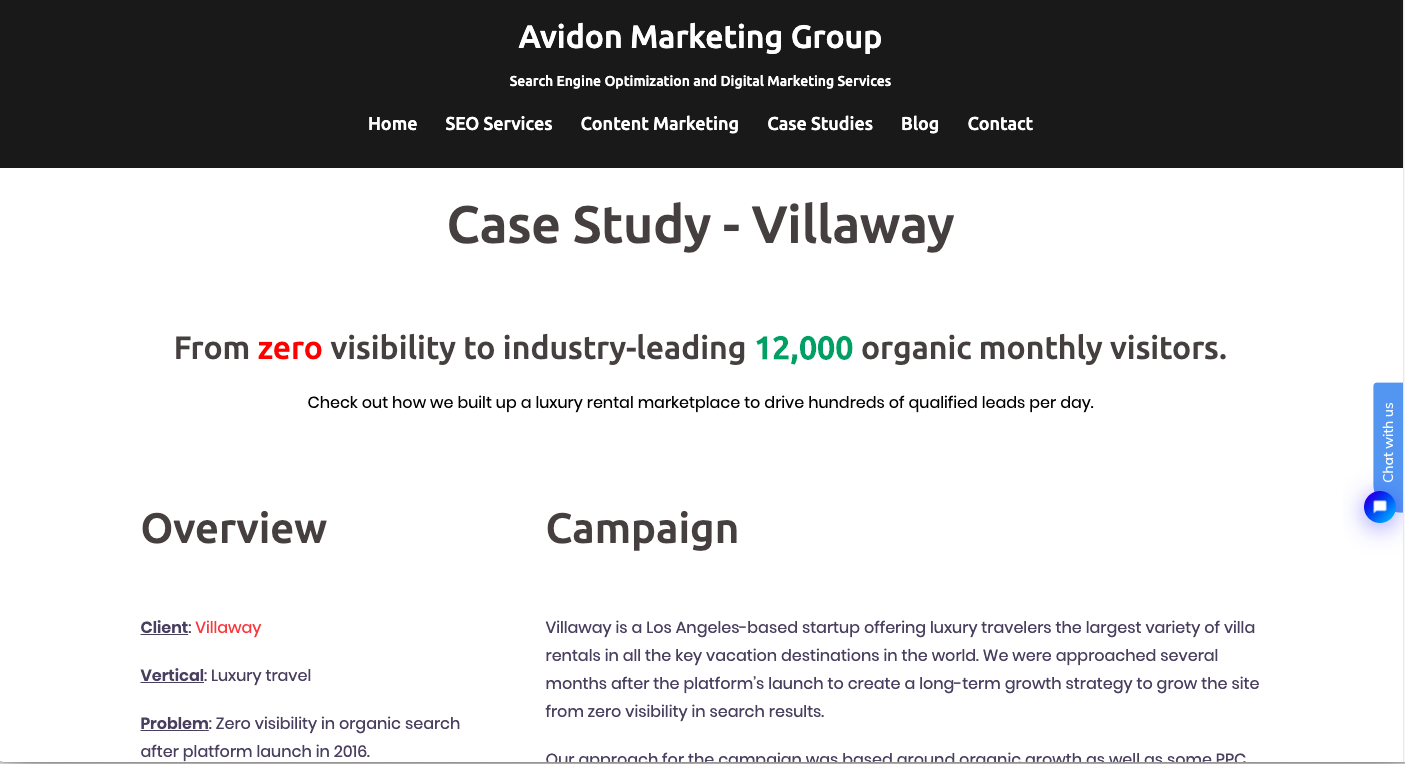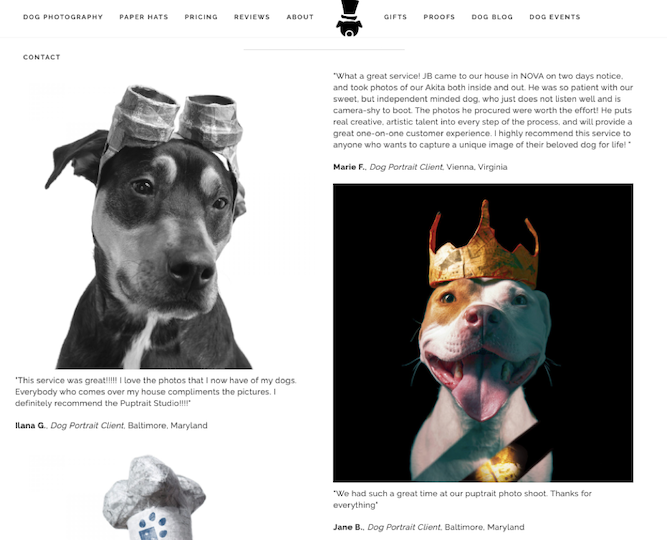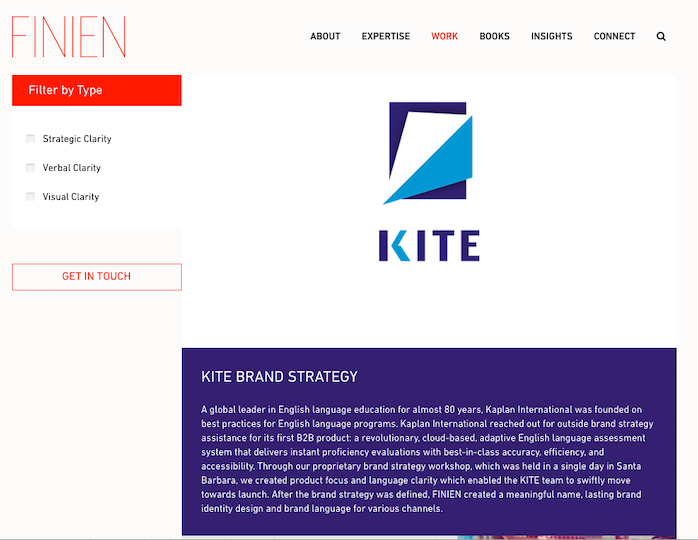Consumers rely on reviews to make decisions about everything, so why are less than one-third of businesses investing in case studies and reviews in their inbound marketing strategies? This survey shows that the rise of fake reviews and the time-consuming nature of collecting content make businesses wary of collecting and publishing reviews.
Reviews and case studies highlight businesses’ ability to create a quality product and maintain a positive relationship with customers. Yet, the majority of businesses using inbound marketing do not use reviews or case studies to promote their products and services, according to Visual Objects. Businesses should highlight customer feedback because consumers value it when making a purchase.
This means businesses have an opportunity to differentiate their offerings by publishing and promoting customer feedback that consumers value before making a purchase.
Visual Objects surveyed 501 businesses that use inbound marketing and discovered that only 32% of businesses promote client reviews, and only 25% use case studies to highlight successful products or services.
Both business-to-business (B2B) and business-to-consumer (B2C) customers value online reviews:
- 8 in 10 decision-makers consult reviews before making a B2B purchasing decision.
- 84% of people trust online reviews as much as a personal recommendation for a B2C purchase.
Visual Objects found that fewer than one-third of businesses (32%) use reviews or case studies for inbound marketing, though.
Reviews and case studies help inbound marketers nurture leads down the sales funnel. Potential customers look at reviews before making a purchasing decision; positive reviews can drive potential customers to the point of conversion.
This report discusses why businesses face challenges when collecting and publishing reviews and how businesses can instead use reviews to boost website traffic and convert leads into customers.
Our Findings
- Only one-third of businesses that use inbound marketing use reviews (32%) to promote their brand. These businesses miss the opportunity to reach customers who use reviews when making a purchasing decision.
- Just one-quarter of businesses (23%) use case studies to showcase their past work on social media or on their company websites. Case studies require time and web design expertise to design and curate for maximum effect.
Most Businesses Don’t Collect Reviews or Case Studies
Most companies that use inbound marketing don’t publish reviews or case studies on their websites. These businesses may believe that:
- Reviews require too many resources to collect and curate
- Reviews are less valuable due to the rise of fake reviews
Only 32% of businesses use reviews in their inbound marketing strategies.

Even though consumers value reviews, businesses remain hesitant to put time and resources into collecting them if they feel the return on investment is not worthwhile.
Reviews and Case Studies Are Time-Consuming for Businesses to Collect
Collecting and publishing reviews takes time and expertise that not all businesses have.
Fabian Geyrhalter, founder and principal of FINIEN, a branding agency in Los Angeles, has seen CEOs struggle with reaching out to clients for positive reviews.
“It’s a personal exercise,” Geyrhalter said. “You have to reach out. You have to ask for favors. That’s why a lot of people never get around to doing it.”
Businesses may be hesitant to ask paying clients to leave a positive review about their company after the customer already paid them for a product or service.
A company’s customer experience department, for example, may prioritize supporting current clients rather than enticing former clients to review the company.
Like reviews, case studies are also time-consuming to collect. Visual Objects found that only 23% of businesses collect case studies as part of their inbound strategies.

Case studies can often take even longer to collect and publish because businesses need to incorporate web design and branding to make studies appealing to potential customers.
David Kranker is CEO at David Kranker Creative, a digital marketing firm in Grand Rapids, Mich., which began publishing case studies this year.
“I had been putting [case studies] off for the longest time,” Kranker said. “You have to create a visual template that showcases your data in an appealing way and get the client to sign off on using their marketing metrics for a public case study.”
Kranker delayed publishing case studies because of the time and detail high-quality case studies require, but found publishing case studies to be worth the time and creative effort.
Fake Reviews Devalue Real Reviews for Companies
Not all businesses believe in the power of reviews. Trends such as sponsored endorsements and fraudulent online reviews have caused some businesses to abandon reviews altogether.
Calloway Cook, founder of dietary supplements company Illuminate Labs, discussed how reviews are now faked easily online.
“Reviews are useful in theory, but when everything has a five-star review, there's no way for consumers to know which products are genuinely good and which just have gamed reviews,” Cook said.
"Gamed" reviews, according to Cook, come from companies that purchase large quantities of positive reviews on third-party websites such as Amazon.
According to one case from business publication The Hustle, sellers on Amazon will often offer customers free products, returns, or discounts in exchange for five-star reviews.
In another high-profile case, skin care company Sunday Riley settled with the Federal Trade Commission in October of 2019 after being accused of posting fake reviews on beauty retailer Sephora's website for two years.
Some businesses fear that this trend will cause consumers to lose faith in online reviews.
Despite the rise of fake reviews, consumers still trust and seek customer reviews when making a purchase. According to a 2016 study from the Pew Research Center, 65% of U.S. adults who read online reviews believe reviews are generally accurate.
To combat fake reviews, businesses should feature client reviews and testimonials on their own websites or ask customers to review them on Google or another reputable third-party ratings and reviews platform.
Businesses Collect Reviews to Benefit from Greater Visibility Online
Reviews can be useful content assets similarly to video and long-form written content. Online reviews and case studies can help businesses:
- Convert leads into customers
- Boost organic traffic through SEO
Businesses that aren’t currently publishing reviews or case studies should do so to increase their visibility online.
Case Studies and Reviews Help Convert Leads to Customers
Reviews and case studies help customers learn more about how people like them experienced a business, driving them to purchase a product or service. Businesses should invest time and resources in designing and curating reviews and case studies so they can integrate seamlessly with their website and brand.
To integrate case studies into his marketing website, Kranker, of David Kranker Creative, designed a case study template that led to a marked increase in conversions — going from converting 1 in 30 leads to 1 in 12 leads since he started publishing case studies.
The case study template also saves Kranker time when preparing and publishing case studies.
Businesses can create their own templates to ensure every review contains essential information such as:
- Rankings or ratings
- Comments on working with the company
- Images of the work
- Summaries of the project
With a template, businesses will know exactly what information to ask clients about and streamline the review and case study collection process.
Kranker’s clients mention his case studies as a factor in their purchasing decision.
“Leads will openly comment on my case studies and tell me how awesome they are during the sales process,” Kranker said. “I have no doubt they contribute to conversion, and I’m very happy I took the time to put them together.”
Kranker’s clients mention the reviews as a factor in their purchasing decision.
Positive reviews and case studies of a company are worth the time a business invests in collecting them. They prove to potential customers that a business is reputable and able to create a product and build a relationship.
Review Content Helps Businesses Boost SEO
Reviews also help B2C companies grow traffic through SEO. Reviews are an opportunity for businesses to post useful content on their websites containing keywords that are then indexed by Google.
Igor Kholkin, president and chief strategist at Avidon Marketing Group in Los Angeles, recently published a case study and client reviews on his website to support his boutique SEO company.
Kholkin's reviews are primarily text-based. They include an overview of the client with essential information about the project and a summary of the marketing campaign Avidon created.

Kholkin's case studies are easy for readers to skim and understand because of the page's formatting. The headers and structure of the case studies also ensure the content can be indexed easily by search engines.
“We initially made the updates for SEO reasons, but the direct effect on conversions was almost immediate,” Kholkin said. “Our conversion rate tripled just a week after the updates.”
Kholkin used his case studies to target keywords that caused an increase in traffic to the website, but the case studies also directly increased his number of leads.
Both B2B and B2C companies should promote reviews and case studies on their own websites to boost their visibility online.
B2C Companies Use Reviews to Showcase Products
B2C companies use reviews to show that their product is high-quality and legitimate.
J.B. Shepard, a professional pet photographer and founder of Puptrait Studio in Baltimore, incorporated more client reviews and case studies when his business shifted from a PPC advertising strategy to SEO.
“Last fall, I got some great advice to incorporate more client reviews into our landing pages to improve our conversion rates,” Shepard said.
In addition to incorporating more client reviews into landing pages, the Puptrait Studio has a designated reviews page for potential customers to see examples from past portrait sessions and hear from former clients.
The Puptrait Studio makes it easy for potential customers to browse past work and read client reviews online, with reviews listed in a grid layout accompanied by examples of past work.

Alternating images and text in the reviews make the website appealing for potential customers. It also includes a small call-to-action at the bottom for interested parties.
B2C companies can highlight client feedback and display images of work and products to show potential customers that their work is high-quality and helpful.
B2B Companies Use Reviews to Highlight ROI
B2B companies highlight the return on investment (ROI) for clients in their reviews and case studies.
Similar to B2C, B2B companies can complement reviews and case studies with images and text, but they should make sure their content provides answers to what business decision-makers are searching for.
Geyrhalter's agency, FINIEN, structures case studies and reviews in a continuous scrolling interface that's easy for buyers to navigate.

FINIEN's case studies have a clear structure and alternating text and visual content to make them more engaging to readers.
Each case study has the following template:
- Company brand strategy
- Company naming and tagline
- Company identity
This structure gives readers a clear idea about what services to expect from FINIEN and how those services can benefit a business.
By creating a clear structure and using images and text-based content, B2B companies can help guide leads to a purchasing decision.
Reviews and Case Studies Are Important Tools for Branding
Despite consumers’ high trust in reviews, fewer than one-third of businesses promote client reviews or case studies in their inbound marketing strategies.
Some avoid reviews because they are time-consuming to collect and format on a website. Additionally, the prevalence of fake reviews on third-party websites cause some businesses to lose faith in legitimate feedback.
Case studies and reviews, however, are still valuable additions to a business’s website. The content provides SEO benefits and helps businesses nurture leads to the point of conversion.
B2B and B2C companies can format their reviews similarly. B2B companies should focus on ROI for clients, while B2C companies should focus on the quality of their product or service.
Experts and business decision-makers agree that reviews and case studies help drive traffic and sales. More businesses should invest in this important promotional strategy.
About the Survey
Visual Objects surveyed 501 businesses in the U.S. that use inbound marketing as part of their overall marketing strategy.
Almost one-third of businesses surveyed (29%) have more than 500 employees, 20% have between 101 and 500 employees, 27% have 11-100 employees, and 24% have 10 or fewer employees.
Most respondents (71%) are managers or more senior employees; 28% are entry-level or associates.
Almost one-third of businesses (30%) are from the South region, 25% are from the Northeast, 23% are from the Midwest, and 18% are from the West.
Nearly half of respondents (48%) are millennials, 44% are Generation X, and 9% are baby boomers.
Almost three-quarters of respondents (74%) are female, and 26% are male.